Is Montreal's new flag the best one? An expert critiques some user-made alternatives
Ever heard of a vexillologist? It’s a tongue twister, but it’s also a legitimate occupation. Someone who studies flags is called a vexillologist, and their trade is vexillology.
Yahoo Canada News recently spoke to one about one of the most important flag changes in Canada — the addition of a white pine representing the Iroquois peoples of the area to the city of Montreal’s flag.
Flag design is a field involving intricate work because so many elements must be taken into account when designing them. Colours, symbols and the orientation of a flag symbolize different histories and events to different people. But in the end, flags rely on some basic tenets.
According to a seminal vexillological text, Good Flag, Bad Flag, the first rule of flag design is “the flag should be so simple that a child can draw it from memory.”
Vexillologist David F. Phillips, a Trustee of the Flag Heritage Foundation, says the best design was the one the city ended up with.
“It’s very distinct. There’s no confusing what it is,” he says. “It’s fine for a flag with historic roots to continue. In fact, the older it gets, the more meaningful it remains.”
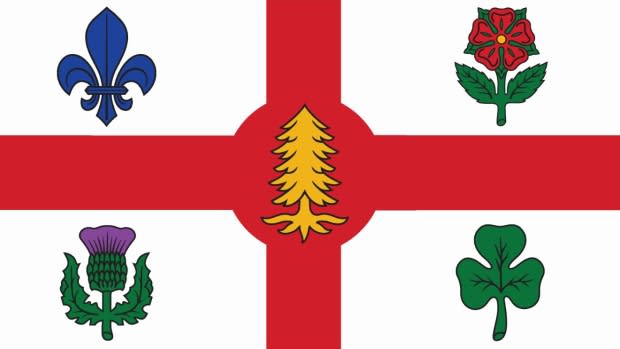
Even when it comes to the first and most basic rule of flag design, the new flag beat out the other user-made ones.
“Maybe a child wouldn’t get the thistles exactly right, but it wouldn’t be difficult to try. So I like it,” he says.
For most of the other flags, that basic rule of flag design lacked the ability for it to be easily reproduced.
With the opportunity to reimagine a flag that has existed since 1935, Canadians took the opportunity to propose new flags, many of which made rounds online. Some drew inspiration from the original city flag. Others represented a complete break from the old flag, and took on a completely different appearance, like the flag below.
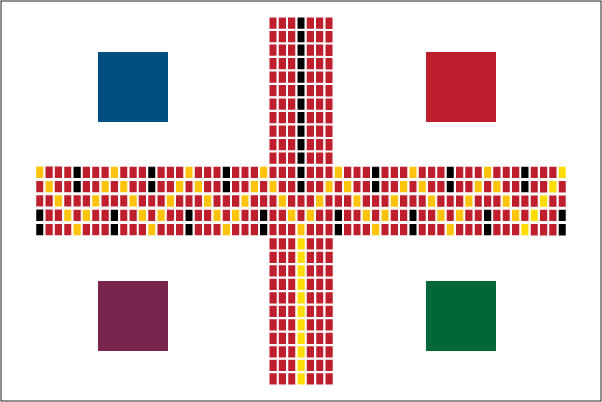
With the Indigenous pattern style flag, Phillips says the banner is devoid of meaning.
“It’s a terrible idea to take these national symbols and turn them into squares in different colours. What the hell is that supposed to mean?” he says. “It doesn’t communicate anything to anybody.”
The flag violates the second rule of good flag design, “the flag’s images, colours, or patterns relate to what it symbolizes.” Reducing the symbols of Montreal’s five founding groups to mere bands and squares makes it hard for residents to relate to it.
The third rule of flag design is flags should “limit the number of colours to three, which contrast well and come from a standard colour set.” That’s why it’s difficult to find flags with more than three colours — certainly any that are universally recognized or easy to reproduce. The flag below fails the third rule.
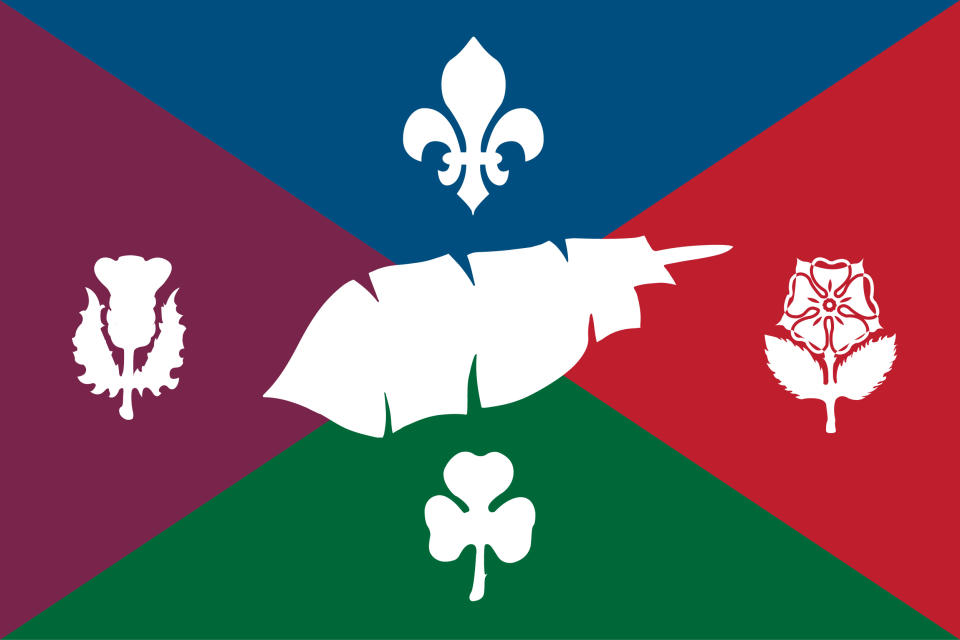
“The author of this flag put these silhouettes in there and he’s combined four dark colours. Well, that’s terrible practice,” says Phillips. “Purple next to blue? The visuals of that, not only is it gloomy and depressing. It’s not at all clear what’s happening in this flag.”
The wampum used to symbolize the Iroquois people is also disproportionate to the rest of the symbols, possibly hinting at the supremacy of one group over the others, says Phillips.
But his least favourite flag was one showing a modified version of the Union Jack, which is certain to inflame Quebecois sensibilities, were it ever seriously considered for the province’s largest city and the second-largest primarily French-speaking city in the world.
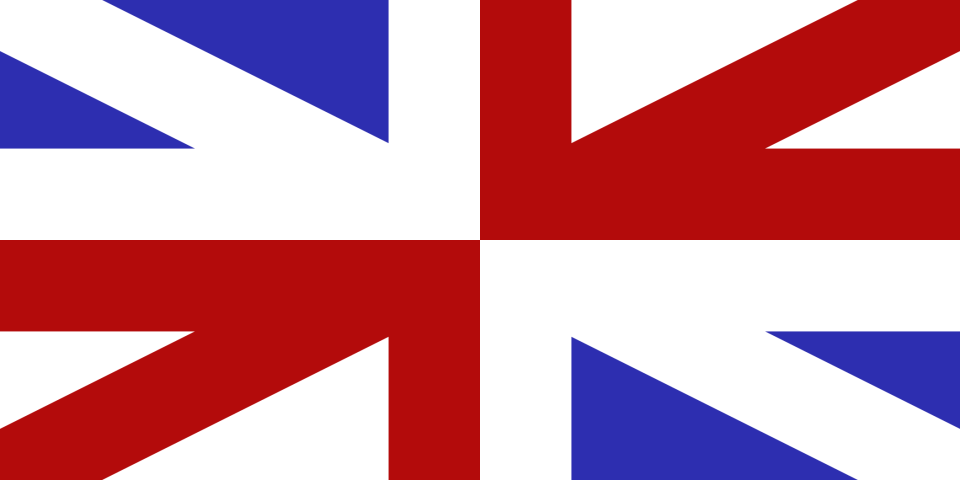
“Do I even need to say why that’s a terrible idea?” he says. “It looks like a variation of the British national flag. That’s not what you want. That’s bad enough for Newfoundland, but it would really be a mess for Montreal.”
But Phillips did like at least one of the other options presented, such as the one below, which uses two bands of blue representing Quebec, with a band of red in the middle representing the island of Montreal. A similar design is employed in the flags of Chicago and Washington, D.C.
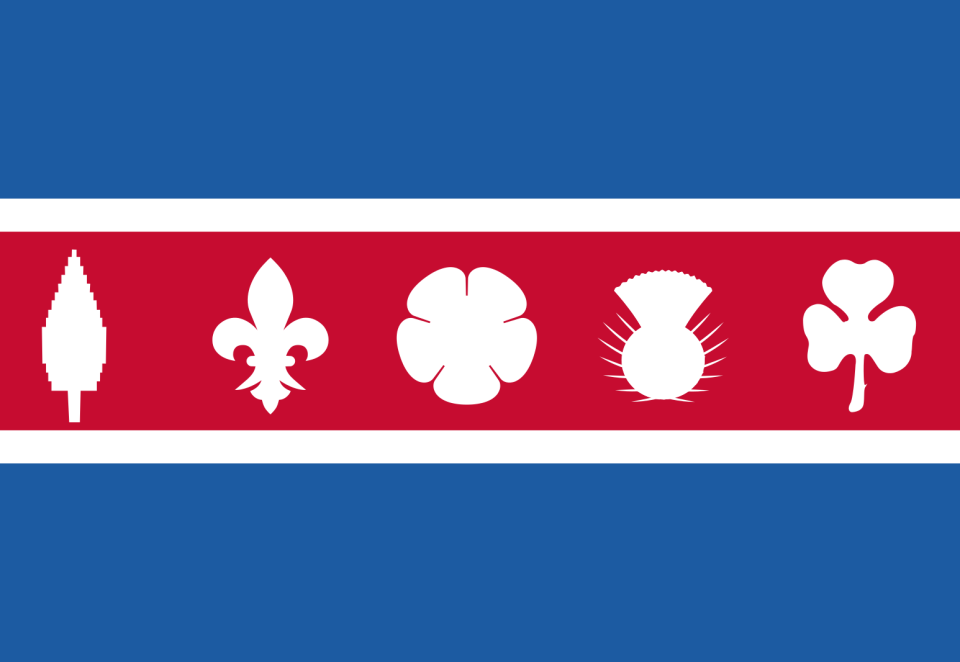
“There’s nothing wrong with this flag, but there’s nothing wrong with the existing flag, plus the existing flag goes a long way,” he says.
But one element of the flag did catch his eye: the English rose, which was upside down. The tree symbolizing the Iroquois peoples “reads more like an arrowhead” than a tree, he says.
Generally speaking, Phillips has noticed a lack of well designed city flags in North American metropolises. He says due to their more recent history, they lack the historical baggage cities in other, older parts of the world take for granted.
“They’re like resumés,” he says. “They put a factory in one and they put a plow in the next one and something somewhere else. It’s horrible.”
But Montreal is just a little older than most North American cities. Founded in 1642, the city has been around a long time, and as one of Canada’s most important cities, it has a lot of history to draw from. Adding the white pine to the flag shows history can be recognized, even centuries later.



